Best Film for the Nikon FM2
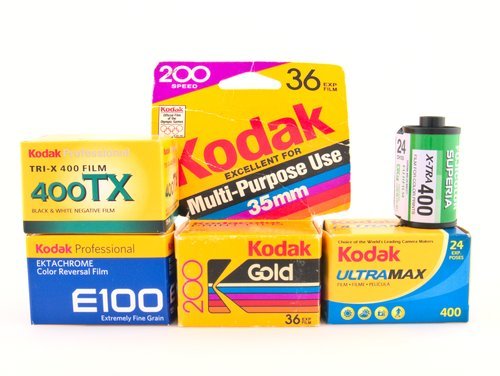
The best film to use in your Nikon FM2 will be based on the lighting, your lens, and type of film you want to use.
To avoid having to carry around a tripod or flash, get a 35mm film that has an ISO of 400 or faster.
If you would like to take images in low light, such as indoors, ensure you have a fast lens. For lens ideas go read my brief article on the 5 Best Lenses for the Nikon FM2.
Affiliate Links
Outside the Shot is a participant in the Amazon Services LLC Associates Program, an affiliate advertising program designed to provide a means for sites to earn advertising fees by advertising and linking to Amazon.com.
As an eBay Partner, I may be compensated if you make a purchase. I also participate in affiliate advertising programs with KEH and Adorama. More can be found on the Affiliate Discolsure page.
I have purchased gear from all of these companies and I expect them all to receive repeat business from me.
Color Film
Consumer
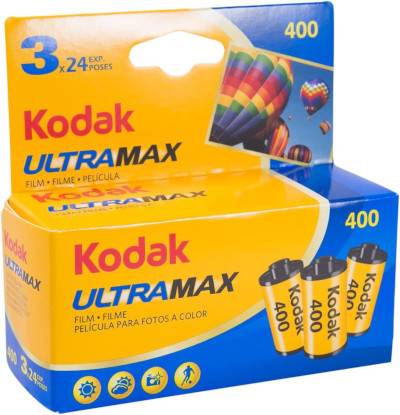
Kodak UltraMax 400 - This film works well in a variety of lighting conditions and is a very good option for a color 35mm film. Using this film you should be able to handhold the FM2 in just about all circumstances.
The photographs will have very good skin tones and is on the warm side.
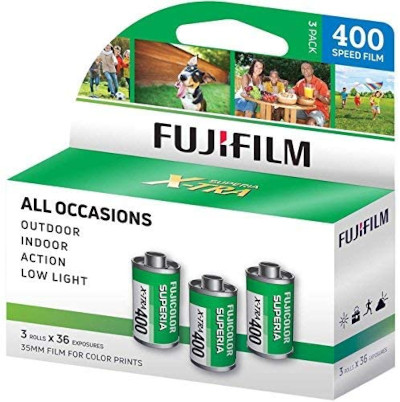
Fujifilm Superia X-TRA ISO 400 - An alternative to Kodak that could have better availability depending on where you are in the world.
Fujifilm images tend to have cooler colors with notable greens and blues, when compared to Kodak.
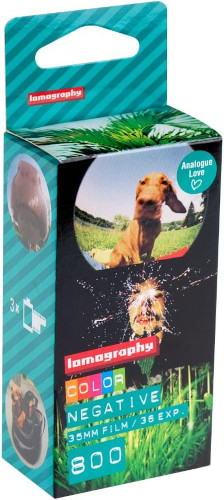
Lomography 800 - If you want an ISO 800 color 35mm film, there are only a small number of possible choices. For film stocks geared towards consumers, this is the sole option.
In addition, if you own a medium format camera, Lomography 800 is also offered in 120 film format.
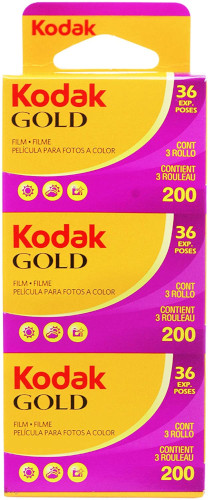
Kodak Gold 200 - A staple film that was launched in the mid-1980s. Kodak Gold 200 gives the look and feel of snapshots from the 1980s and 1990s. For the genuine shooting experience take advantage of a flash.
To really bring the best out of this film, you will need to over-expose it by 1 or 2-stops. This will ensure that you get the stunning colors everyone loves the film for.
Professional
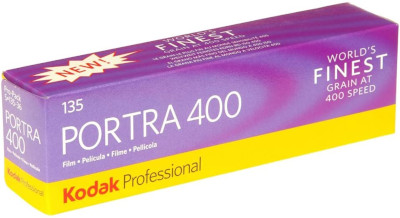
Kodak Portra 400 - Among the photography enthusiasts online, Portra 400 is easily the most popular color film emulsion. Overexpose Portra 400 by 1 or 2-stops to get the look and feel the film is known for.
Kodak Portra is also available in ISO 800 and ISO 160 emulsions. As well as in rolls of 120 film, 4x5 sheets, and 8x10 sheets.
Black and White Film
Consumer
These film emulsions have affordable prices and excellent quality, making them quite popular to be used in the Nikon FM2.
The main appeal for budget minded photographers and photography students is the low cost. Even if you would not put yourself in those groups, it is good to have economical rolls of film readily available for testing newly purchased used gear.
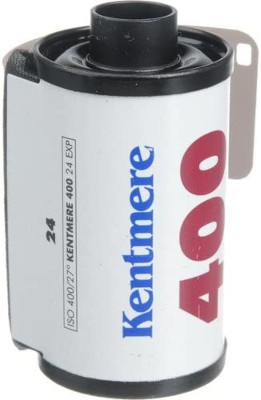
Kentmere 400 - Produced by Harmon Technology, which is the owner of Ilford. This is excellent due to the fact that allows this to be the most broadly sold 35mm film out of the three.
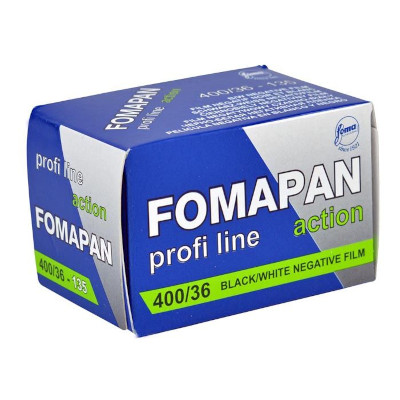
Foma Fomapan 400 Action - It will probably easier to acquire in Europe as the film is made in the Czech Republic by Foma Bohemia.
A very good film emulsion to choose for your initial few attempts at home developing or film photography. Also a good option if you happen to be trying out a camera to confirm that it is functioning correctly.
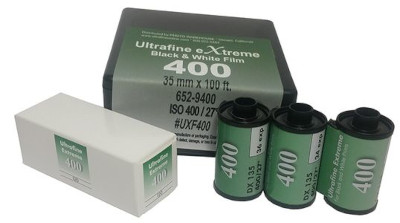
Ultrafine eXtreme 400 - You can get the cheapest price by getting it from Ultrafine.
If you process color 35mm film yourself, you may have used chemicals produced by them.
Professional
Kodak Tri-X 400 and Ilford HP-5 Plus 400 are the 2 most popular black and white 35mm films. They do have many traits in common that make them so well liked, while preserving distinctive styles.
You can obtain good quality images after pushing both film emulsions 2-stops. A 35mm roll of film can be used at ISO 400, 800, or 1600, making them remarkably versatile.
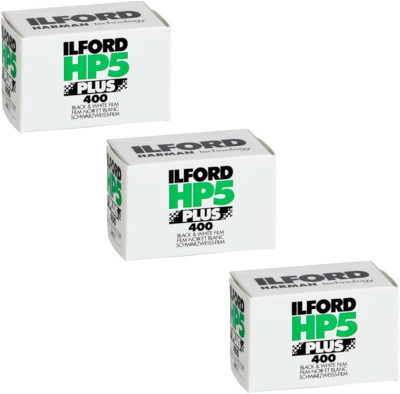
Ilford HP5 Plus 400 - The primary differences are that HP5 Plus has lower levels of contrast and is less expensive in comparison to Tri-X. Minimal amounts of contrast can be an advantage due to the fact contrast can be added when making a darkroom print or through digital processing.
The film emulsion still looks great when pushed 2-stops. It is also recognized as having subtle grain.
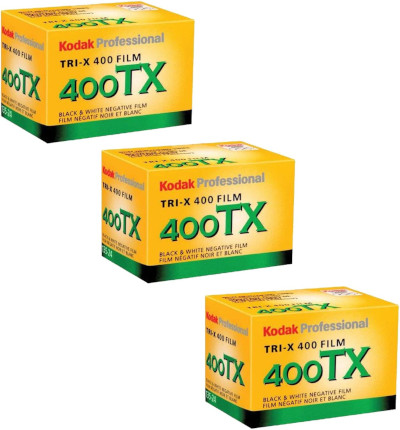
Kodak Tri-X 400 - This film stock has a stronger rendering. To create the old-school grain structure, contrast, and look of the film, it will need to be developed in D-76.
You’re going to clearly notice greater contrast with Kodak Tri-X 400. That is very good if it happens to be the overall look you need because it means much less work when editing digitially or printmaking.
Transparency Film
Films that create a positive image are known as slide, reversal, or transparency film. This means the pictures can be exhibited with a projector or light box.
Colors are not required to be inverted to be viewed, contrary to the more prevalent negative films.
Slide films have substantially less latitude and dynamic range compared to negative film and so they are believed to be more challenging to shoot.
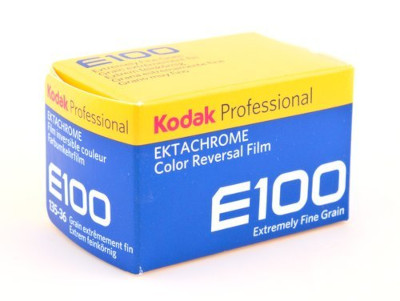
Kodak Ektachrome 100 - This is a fine grain film known for beautiful skin tones. The colors won’t be seen as oversaturated. It is daylight balanced.
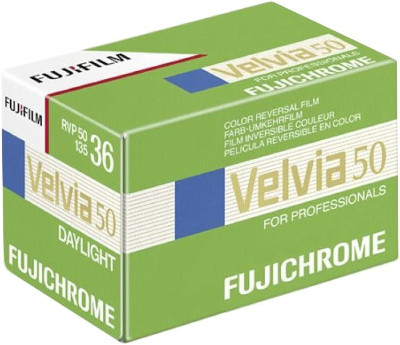
Fujifilm Velvia 50 - Provides special looking pictures that have elevated levels of contrast and saturation. It is sharp daylight color balanced film. Out of all the transparency films available to buy, it has the best resolving power.
There is also another speed with an ISO of 100.
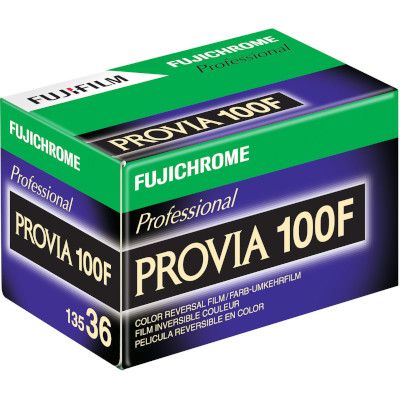
Fujichrome Provia 100F - Creates vibrant and natural colors with medium color saturation and contrast. It has a daylight color balance and ultrafine grain.
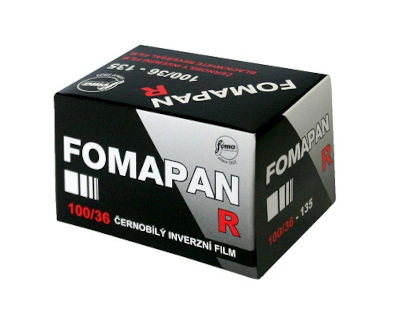
Foma Fomapan R100 - This is a black & white reversal film, described by Fomapan as having fine grain, elevated contrast, and very good resolving power. It’s also regarded as a alternative for the long discontinued Agfa Scala film emulsion.
Film Basics
Consumer vs Professional Film
Professional films cost more due to the fact they can more easily be pushed, have improved dynamic range, and latitude.
There’s a disparity in supply. Consumer film emulsions can generally still be obtained from big-box stores and pharmacies in limited amounts. Professional film stocks will need to be bought from a online or photography store.
ISO
Film speed is displayed by ISO, that can also be regarded as the film’s sensitivity to light.
The less light available to properly expose an image, the higher the ISO should be. Furthermore, be prepared for noticeably increased film grain.
It can be problematic to handhold the FM2 with ISO 100 or slower films (ISO 25, ISO 50, etc). The will likely be longer might take longer than what you can handhold without resulting in motion blur unless you are in full sun.
To get around this you will need to use a fast lens, flash, and/or tripod. Using a high speed ISO 400 or ISO 800 film probably will make the additional equipment unnecessary.
The dial to select film speed is listed as ASA on the Nikon FM2. The transition to using ISO from ASA (American Standards Association) happened after the creation of the International Standards Organization (ISO).
Film Latitude
Latitude is the number of stops film can be overexposed while still maintaining satisfactory images. Professional films have a greater latitude along with a slightly higher cost.
Negative film has more latitude compared to transparency film. That is one of the reasons it’s thought of more difficult to work with.
Dynamic Range
The difference between the shadows and highlights details of a picture is known as dynamic range. Areas of an image that don’t fit within this range will be seen as solid black underexposed shadows or completely white overexposed highlights.
When shooting in a variety or quickly changing lighting situations, film stocks with a bigger dynamic range is preferable.
- Digital cameras 14+ stops
- Negative film up to 13 stops
- Slide film 6-8 stops
Transparency film is thought to be difficult to shoot because of the limited dynamic range. Golden hour is the prime time to shoot slide.
Film Type
35mm film that comes in metal canisters is used by the Nikon FM2. In addition, it’s the most often used type of film and in some instances is described as 135 film.
The only other type of film you are going to encounter is 120 or 220 film that is used with medium format cameras}.
One of the best things about film is that you can change the film emulsion you work with and get a new look to your photographs.
DX Coded Film
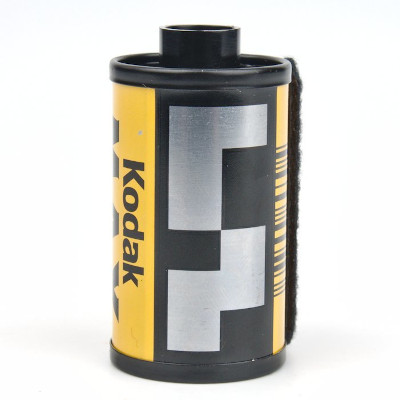
All new 35mm film offered for sale these days has a DX code. This will allow electronically controlled cameras to auto detect and set the ISO of the canister loaded into the camera.
The ISO (ASA) on the Nikon FM2 needs to be selected manually. So DX-coding isn’t going to be of any use.
Nikon FM2 Resources
Where to Get 35mm Film Developed?
There are only a few possibilities for where to get film processed. For a more complete explanation of the possible choices go look at my article on Where to Get Film Developed.
WARNING: Film is no longer processed locally at big box stores and pharmacies. They ship the film away to be developed by a third party. That is why, you won’t be given your developed negatives back.
- Develop Film at Home
- Use a Local Photography Lab
- Use a Mail Order Photo Lab
- Pharmacy or Big Box Store
Shipping film to a mail-order lab to be processed and scanned is the most convenient option if you’re just beginning to use film. A drawback to this is that it can become expensive if you are regularly using film.
Assuming that you’re shooting a medium to high volume of film, there are two actions that you are able to do to greatly reduce your expenses.
Bulk Loading Film
Buying a bulk roll of 100 feet of film and loading in into canisters yourself is certainly one of the most popular ways to cut costs.
A 100’ roll will fill up typically around 18 rolls of film containing 36 exposures each. Expect to save 20-30% based on the film you purchase.
Keep in mind that you are limited to 100 foot rolls of black and white film. This is due to black and white film is less difficult and cheaper to develop at home.
Home Developing and Scanning
You have the ability to develop and scan any film yourself. It is an excellent way to spend less so that you can shoot more film with your Nikon FM2.
Black & white film is significantly less difficult to develop at home. Chemical temperature and development times are both not as essential to do correctly with black and white film as they are for color negative or transparency film.